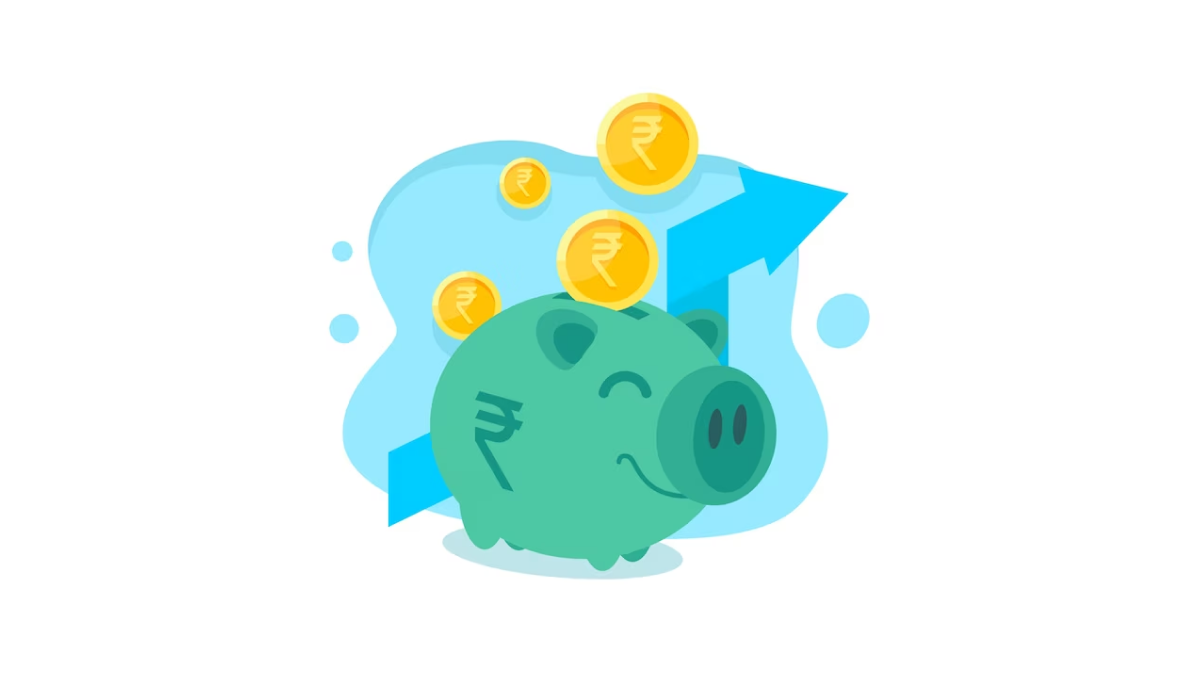
An investment instrument called a mutual fund is created by combining numerous investors' money.
The fund then uses those assets to invest in a certain group of assets to achieve its investment objectives.
Best mutual funds come in a wide variety of forms. This enormous range of items may appear intimidating to some investors.
Before investing in any fund, you must determine your investment objectives. For example, do you priorities current income over long-term capital gains?
Will the money be utilized to pay for educational expenses or save money for a comfortable retirement?
Setting a goal is essential to limit the over 7,500 mutual funds available to investors.
Additionally, think about your risk tolerance. Can you handle a portfolio's value fluctuating dramatically?
Or would a more cautious investment be better? Because risk and return are inversely proportional, it is important to weigh your desire for returns against your risk tolerance.
The required time horizon must then be considered. How much time do you want to keep the investment? Do you expect any short-term liquidity issues?
Best mutual funds involve sales commissions, which can significantly reduce your return in the near term.
An investing horizon of at least five years is optimal to lessen the impact of these fees.
Capital appreciation is the growth funds' main objective. A long-term capital appreciation fund can be a wise choice if you intend to invest to satisfy a long-term requirement and can handle a moderate amount of risk and volatility.
These funds are regarded as hazardous since they frequently invest a large portion of their assets in ordinary equities.
However, they offer the possibility of longer-term better rewards despite the higher level of risk. This kind of mutual fund should be held for a minimum of five years.
Growth and capital gain funds typically don't distribute dividends. An income fund can be a better option if you require immediate investment income. Bonds and other financial instruments with regular interest payments are typically purchased using this cash.
Two of the most popular securities in an income fund are corporate debt and government bonds.
Bond funds frequently focus their efforts on the type of bonds they hold. Additionally, funds can distinguish themselves based on their time horizons, such as short, medium, or long-term.
Depending on the type of bonds in the portfolio, these funds frequently have considerably less volatility.
In addition, bond funds frequently have little to no correlation with the stock market, if any at all. Therefore, to diversify the holdings in your stock portfolio, you can use them.
When determining how to pick a good mutual fund, taxes are one of the most crucial factors since you must be careful of the tax implications of your investments before you begin.
As an illustration, short-term capital gains (kept for less than 12 months) in equities funds are taxed at 15%, whereas long-term capital gains (held for more than 12 months) are exempt from taxation up to Rs 1 lakh before being subject to 10% taxation after that (in excess of Rs 1 lakh of capital gains).
Regarding non-equity funds, short-term capital gains (kept for less than 36 months) are taxed at your personal income tax rate, while long-term capital gains are taxed at 20% after indexation.
Usually, a fund's size does not interfere with its capacity to achieve its investing goals. A fund, though, may occasionally grow too large.
The Magellan Fund from Fidelity is a prime illustration. The fund's assets reached $100 billion in 1999, and to handle the significant daily investment inflows, it was obliged to alter its investment strategy.
As a result, the fund changed its emphasis mostly toward major growth stocks rather than being nimble and purchasing small and mid-cap stocks.
Consequently, performance declined. So, what size is too large? There are no hard-and-fast standards, but managing $100 billion in assets makes it more challenging for a portfolio manager to manage a fund effectively.
So, what size is too large? There are no hard-and-fast standards, but managing $100 billion in assets makes it more challenging for a portfolio manager to manage a fund effectively.

Investors would better consider elements that affect future outcomes or choose the mutual fund with the highest return rather than just the recent past.
In this regard, it would be beneficial to take a lesson from Morningstar, Inc., one of the top financial research companies in the nation.
Based on risk-adjusted results, the business has given mutual funds a star rating since the 1980s.
Throughout its history, Morningstar has made numerous changes to its best investments mutual fund rating system to consider shifting market conditions that impact an investment's performance.
The three Ps—Process, People, and Parent—form the basis of their present grading scheme. The organization currently uses a rating methodology that considers the fund's investment strategy, the tenure of its managers, expense ratios, and other important variables.
Each category's funds are given a Gold, Silver, Bronze, Neutral, or Negative rating.
Fees are the only aspect that consistently has a positive impact on performance.
The popularity of index funds, which replicate market indices for much less money than actively managed funds, can be attributed to their low fees.
Selecting the best companies for mutual funds in India may seem difficult, but with some research and knowing your goals, it becomes less difficult.
Your chances of success will rise if you perform this due diligence before choosing a fund.


